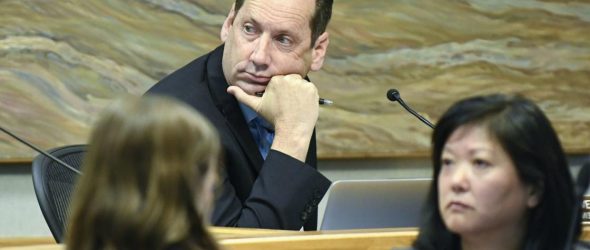He also disagreed with some of the grand jury’s conclusions and accusations.
“I just don’t think the whole narrative that all we did was listen to the cannabis growers is true,” he said. “I’ve got a list of 10 or 11 items the growers didn’t want that we implemented. The growers absolutely hated those, but that never gets talked about.”
He cited such things as the county’s ban on using generators, which growers of any other agricultural product are free to use, and a ban on hoop houses in the Coastal Zone that growers opposed but the public wanted.
Lavagnino also said a lot of things have changed between the time the grand jury report was written and when it was released.
“We decided to not move forward with any grows in Tepusquet and Cebada canyons,” he said. “That’s a significant change.”
Taxing situation
The report also criticized the county for taxing cannabis on its sales revenue, which is said relies on self-reporting and is difficult to verify, rather than a flat tax on cultivation square footage, which it said was easier to verify and allowed growers and the government to know how much taxes would be in advance.
Grand jurors said Santa Barbara County is the only one in the state that used the revenue tax rather than the square-footage tax, and they pointed out this county had 217 acres under cultivation and brought in $6.8 million in taxes in 2018-19, while Monterey County has 62 acres and raised $15.4 million in taxes that year.


